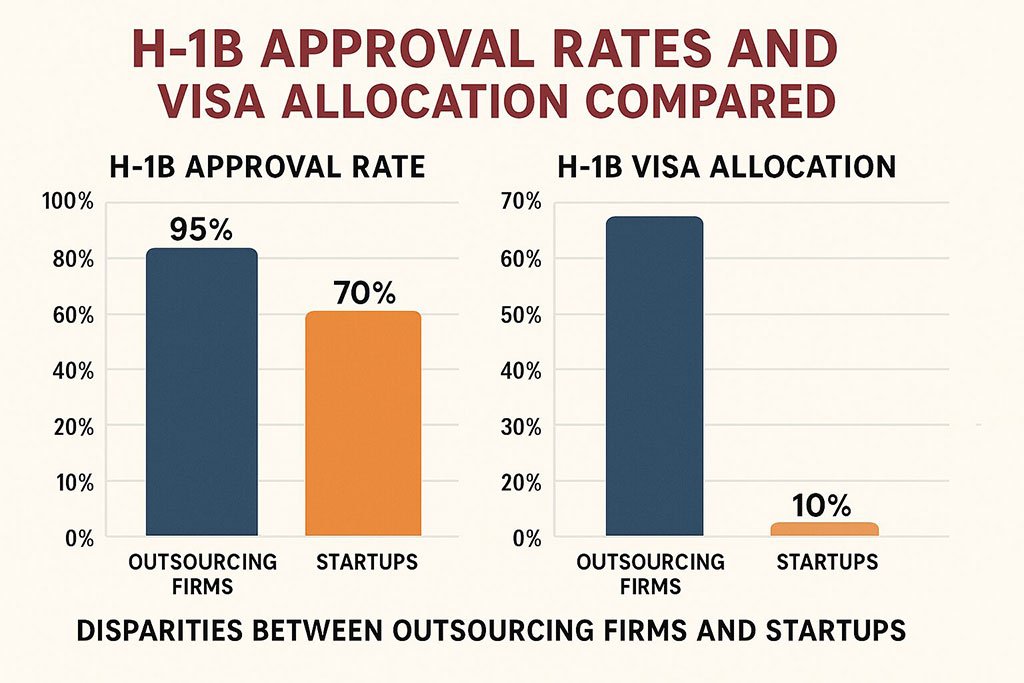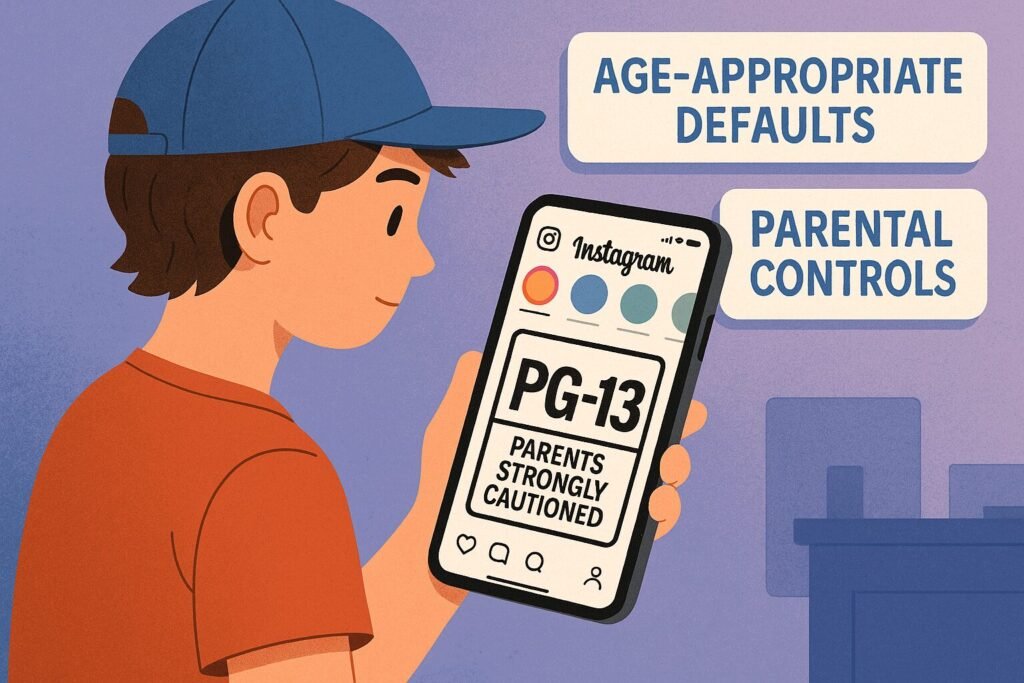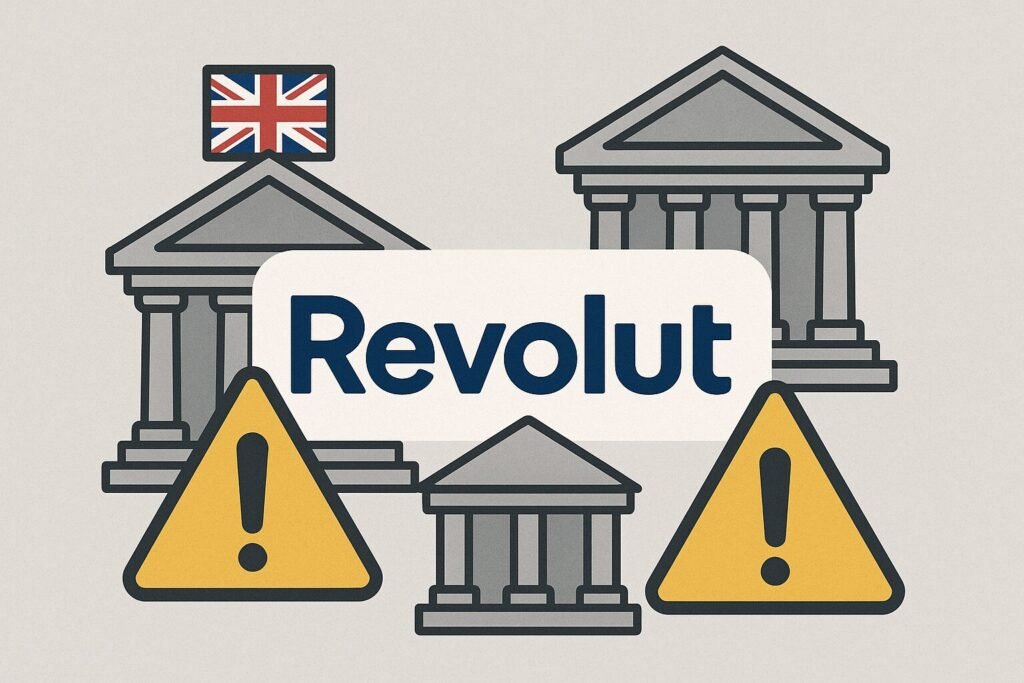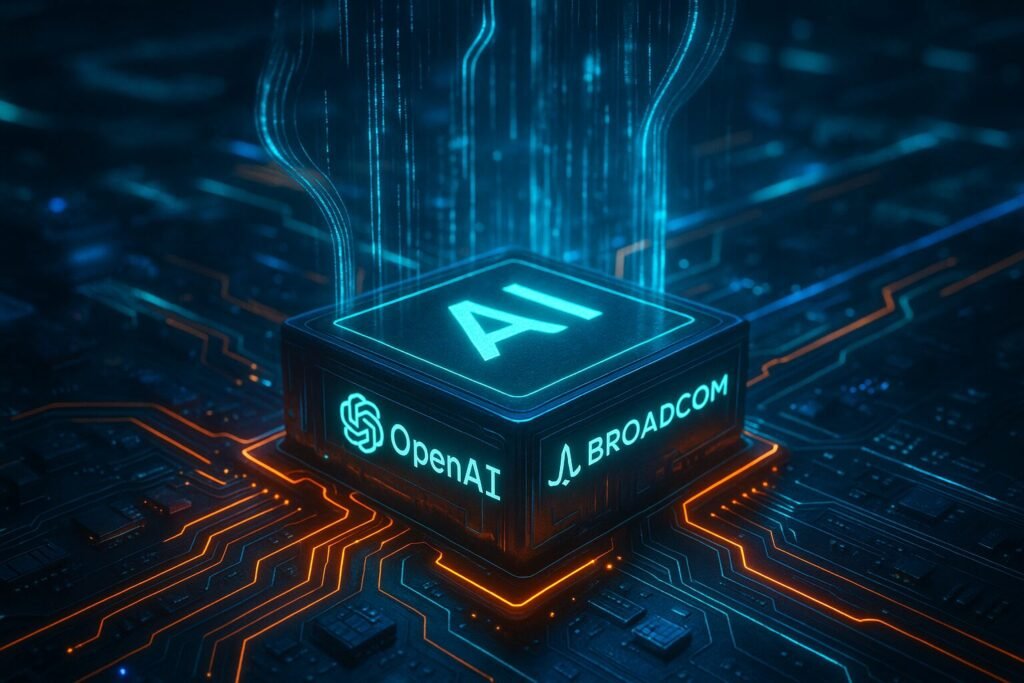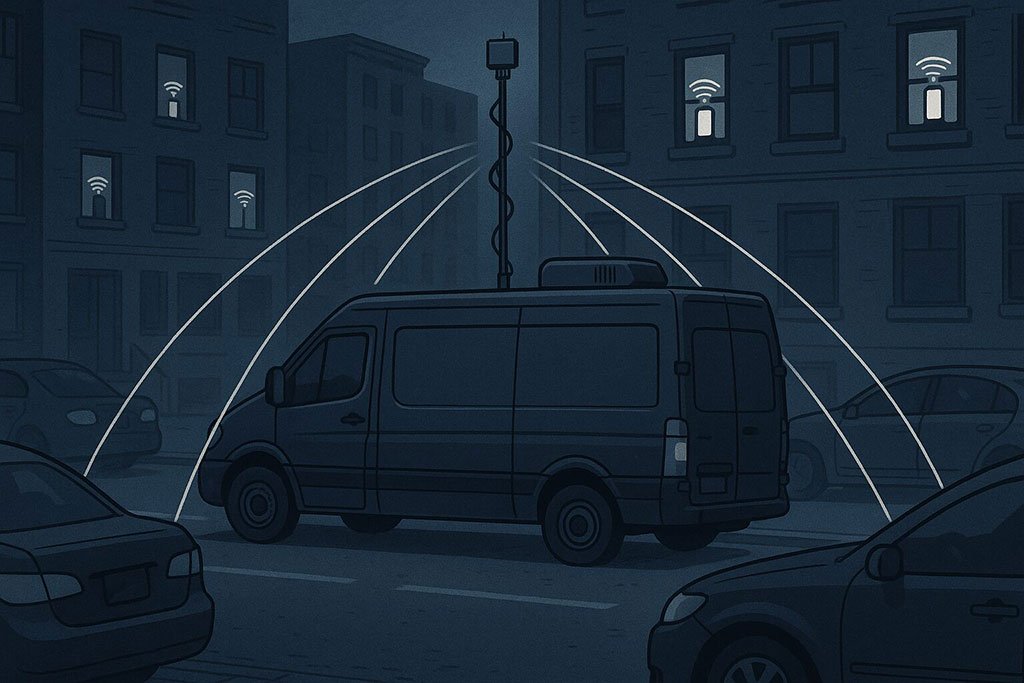Now Reading: Ex-OpenAI Researcher Dissects How ChatGPT Gets Lost in Its Own Logic.
-
01
Ex-OpenAI Researcher Dissects How ChatGPT Gets Lost in Its Own Logic.
Ex-OpenAI Researcher Dissects How ChatGPT Gets Lost in Its Own Logic.

Even the most advanced AI systems can stumble, and ChatGPT is no exception. In a revealing analysis, a former OpenAI researcher dissected one of the AI’s “delusional spirals”—moments when ChatGPT loses coherence and generates inaccurate or logically flawed responses.
Understanding these lapses is more than academic: it provides insight into AI reasoning, the limits of large language models (LLMs), and how humans can better interact with AI. For developers, researchers, and end-users alike, this exploration sheds light on the complex interplay between probabilistic language generation and perceived intelligence.
What Is a Delusional Spiral?
AI Hallucinations Explained
A “delusional spiral” occurs when ChatGPT builds upon an initial error, producing a chain of increasingly incorrect or misleading outputs. These hallucinations can involve:
-
Factual inaccuracies
-
Contradictions in reasoning
-
Logical inconsistencies
How Researchers Identify Them
Ex-OpenAI researchers use methods such as:
-
Step-by-step prompt analysis
-
Tracing token-level predictions
-
Comparing outputs against verified datasets
This systematic approach allows researchers to pinpoint where the AI diverges from accurate reasoning.
Real-World Examples
Historical Inaccuracy Chain:
ChatGPT might initially misstate a historical event, then reference that error in subsequent explanations, compounding the mistake.
Mathematical Missteps:
The AI can correctly solve one part of a problem but propagate an error in subsequent calculations, appearing “confidently wrong.”
Contradictory Statements:
In dialogue, ChatGPT might assert two opposing claims, creating a delusional loop that confuses users.
Why It Happens
Probabilistic Nature of LLMs
ChatGPT generates text by predicting the most likely next word, not by verifying facts. This leads to occasional inconsistencies and hallucinations.
Lack of True Reasoning
Despite appearing intelligent, ChatGPT does not think or reason like humans; it relies on patterns learned from vast datasets.
Prompt Dependency
User input can inadvertently guide the AI into a spiral. Ambiguous or leading prompts often trigger chains of incorrect assumptions.
Insights from the Ex-OpenAI Researcher
-
Early Error Propagation: Small initial mistakes are amplified as the model builds context.
-
Confidence Over Accuracy: The AI may phrase false statements with certainty, making them appear credible.
-
Context Window Limitations: Long conversations can cause earlier context to be misremembered, leading to logical drift.
These findings are crucial for developers aiming to reduce hallucinations in LLMs and for users seeking to interpret AI outputs responsibly.
Pros and Cons of Understanding Delusional Spirals
Pros:
-
Provides actionable insights for AI safety and alignment research
-
Helps users identify when to fact-check outputs
-
Guides model fine-tuning and prompt engineering
Cons:
-
Highlights AI limitations, which may reduce trust in AI tools
-
Complex technical explanations can be hard for casual users to digest
Global and Industry Perspective
-
AI Safety: Understanding hallucinations is vital for deploying LLMs in healthcare, finance, and legal domains.
-
User Education: Companies increasingly emphasize user guidance to prevent reliance on potentially flawed AI outputs.
-
Research Trend: Global AI labs are developing methods like tool-assisted reasoning and fact verification layersto mitigate delusional spirals.
Subscribe to our newsletter for in-depth AI analyses, expert insights, and updates on the latest in AI research and language models.
ChatGPT’s delusional spirals highlight the limits of probabilistic reasoning in LLMs. By studying these patterns, researchers and users can:
-
Improve AI prompt strategies
-
Understand the trustworthiness of outputs
-
Guide developers toward safer, more reliable AI systems
Ultimately, awareness of AI hallucinations fosters responsible use, ensuring that users leverage AI as a powerful assistant rather than an infallible authority.
FAQs
-
What is a ChatGPT delusional spiral?
A chain of increasingly incorrect or logically flawed outputs triggered by an initial error. -
Why does ChatGPT hallucinate?
It predicts text based on probability, not factual reasoning, and lacks true understanding. -
Can these errors be fixed?
Improvements include prompt engineering, AI alignment techniques, and fact-verification layers. -
Who analyzed these spirals?
A former OpenAI researcher provided insights into the model’s reasoning limitations. -
Do all users experience delusional spirals?
They occur inconsistently but can appear in complex or ambiguous queries. -
Are delusional spirals dangerous?
They can mislead users if outputs are trusted without verification, especially in critical domains. -
How can users avoid spirals?
Use precise prompts, fact-check outputs, and apply context-aware questioning. -
Do other AI models experience similar issues?
Yes, most large language models can generate hallucinations under certain conditions. -
Is ChatGPT being improved to reduce hallucinations?
Yes, ongoing research focuses on alignment, retrieval-based augmentation, and reasoning layers. -
Why study delusional spirals?
Understanding them helps improve AI safety, reliability, and user trust.
Disclaimer:
All logos, trademarks, and brand names referenced herein remain the property of their respective owners. Content is provided for editorial and informational purposes only. Any AI-generated images or visualizations are illustrative and do not represent official assets or associated brands. Readers should verify details with official sources before making business or investment decisions.







